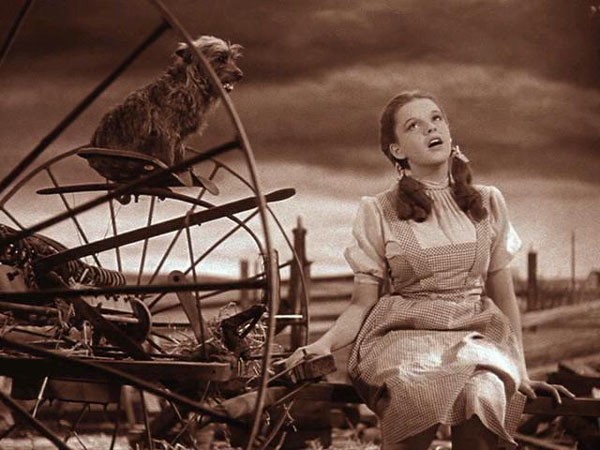How Kansas Does Money
Spoiler alert: Not very well

It’s no news that Kansas does money poorly. Ever since the onset of Governor Sam Brownback’s “real-live experiment,” in which he cut taxes well beyond what the state could afford, the state’s economy has been struggling. The incompetence of their budget estimators isn’t helping. Over the past couple years, they’ve overestimated monthly revenue projections with surprising consistency. Unsurprisingly, there are repercussions.
What, in general, contributes to a shortfall? “The economy” is an answer to some extent, but it has also become somewhat of a scapegoat for politicians under fire. For instance, of course when one out of three states throughout the country experienced shortfalls during the 2015 fiscal year, unexpectedly slow economic growth played a part. But considering that compared to the nation as a whole, the disparity between Kansas’s estimates and actuals is fairly unique, Brownback cannot cry out “Obama” as he has in the past to excuse the state’s consistent shortfalls.
Furthermore, regardless of their economic conditions, other states aren’t missing month-to-month revenue projections.
Sure, Kansas might be facing unique economic obstacles. Some officials have pointed to low crop and oil prices for example, two entities the state relies on for economic stability, as major contributing factors. But when does this excuse expire? It makes sense to point to a sluggish economy to account for low income tax revenue, but at what point should estimators realize they need to adjust their projections to account for these low prices? After the first couple months, Scott Drenkard of the Washington-based Tax Foundation would presumably argue, because other states dealing with the same economic challenges have adjusted much better.
‘I’m not getting calls from other states in the region about how large their revenue projections have missed the mark again. This is a problem unique to Kansas,’ he said. ‘It is not nearly as much a story in other places, and that’s because, for the most part, revenue projections are on point or they’re off by a little bit, such that it’s manageable and does not throw the budget into peril.’
On occasions in the past there have been unforeseeable circumstances that impeded revenue collection. Back in 2013, for instance, taxpayers took advantage of a system in place by shifting capital gains payments into the prior fiscal year to avoid higher rates of taxation. It’s arguable that estimators didn’t foresee this occurrence and shortfalls naturally ensued. But more recently, explanations have been harder to come by.
Some, including Brownback, have proposed that the problem is the estimation process. His budget director, Shawn Sullivan, is conducting “a full, independent review with outside experts to evaluate current procedures related to revenue estimating and budgeting.” Although I don’t necessarily think the state’s budget director is the most competent person to lead such an investigation, considering, after all, that he’ll be investigating his own process, the note about outside experts is promising.
It is certainly a better approach than hiding the issue by changing the way the state publicly reports revenue. Or denying it entirely.
Some of Brownback’s remaining allies argue that his leadership, as well as that of the GOP-controlled Legislature, is best measured not by the soundness of the state budget but by Kansans’ tax savings.
If this were true, Kansas wouldn’t have had to cut $30 million over the course of the past year in funding for their mental health system, or withhold a $75 million allocation to schools this month, or recently slash $56 million from Medicaid.
I don’t mean to slam the plans without acknowledging the complexion of the process — obviously budgeting isn’t straightforward. Sometimes cuts in one area mean funding in others. And furthermore these cuts are not necessarily only the effect of shortfalls. But the repetition of error by budget estimators only contributes to the problem. It is surprising and almost illogical that they haven’t been able to successfully adjust their estimates yet.
Hopefully there is a lesson to be learned from the failure of Brownback’s “experiment.” Kansas has exemplified the consequence of believing the misconception that major tax cuts boost revenue.
Yes, the Kansas debacle shows that tax cuts don’t have magical powers, but we already knew that. The real lesson from Kansas is the enduring power of bad ideas, as long as those ideas serve the interests of the right people.
If we apply Paul Krugman’s theory to the estimation process, I wonder whose interests are being served by these optimistic projections. Considering the funding cuts in education and healthcare, it’s obvious whose are not.
Yoni Blumberg is a senior at the University of Delaware, and an Awl network intern this summer. For more articles about state budgeting, check out the links How Delaware Does Money and How Chris Christie’s New Jersey Does Money!
Support The Billfold
The Billfold continues to exist thanks to support from our readers. Help us continue to do our work by making a monthly pledge on Patreon or a one-time-only contribution through PayPal.
Comments